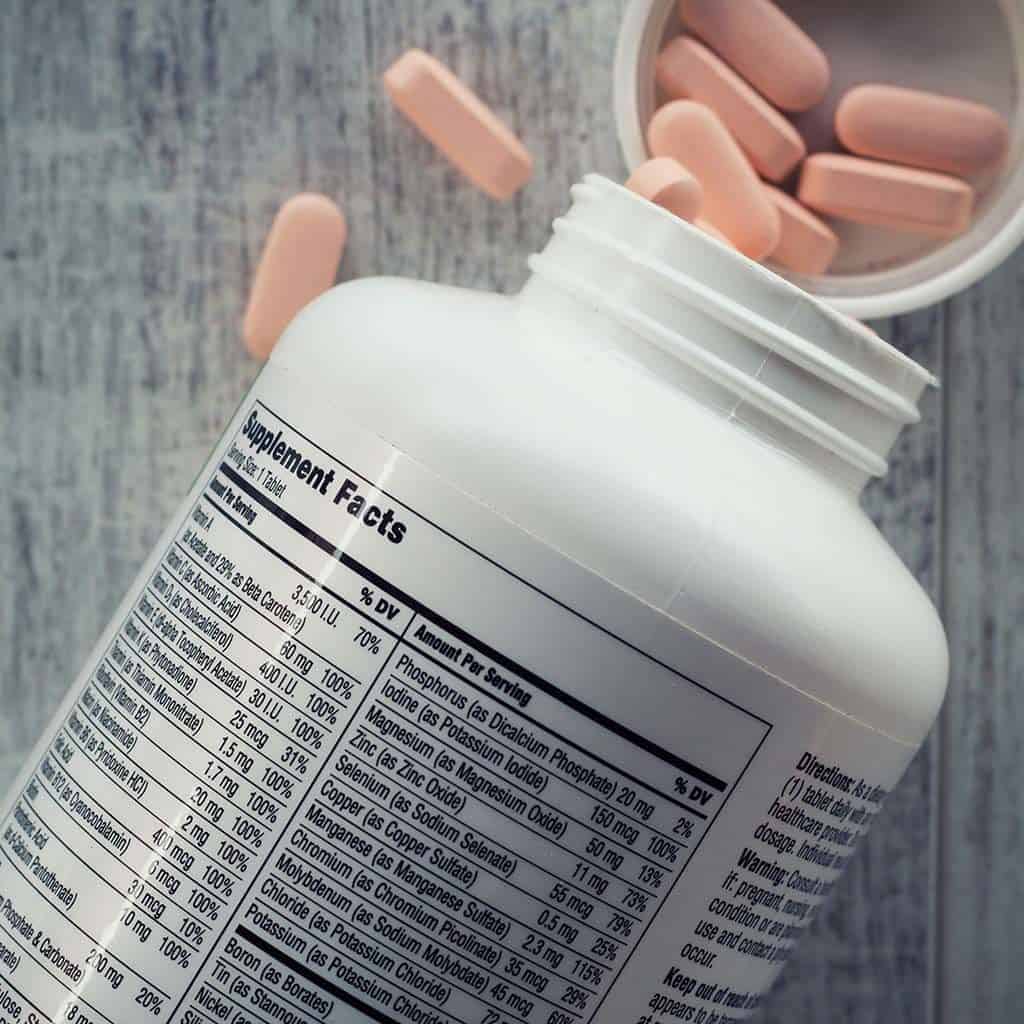United States: Updated FTC guidance on claims in advertising
On December 20, 2022, the US Federal Trade Commission (FTC) issued its new guidance regarding advertising claims about the benefits and safety of health-related products: Health Products Compliance Guidance.
The guidance updates and replaces FTC’s previous 1998 guidance, Dietary Supplements: An Advertising Guide for Industry. Like the 1998 guide, this document provides guidance from FTC on how to ensure that claims on health-related products in advertising are truthful, not misleading, and supported by science. While the FTC notes that the basic content of the guide is largely unchanged, one major revision is to extend the guidance covering dietary supplements to all health-related products (including dietary supplements but also foods, over-the-counter (OTC) drugs, homeopathic products, health equipment, diagnostic tests, and health-related apps). Moreover, as since 1998, the FTC has settled or adjudicated more than 200 cases involving false or misleading advertising claims about dietary supplements or other health-related products, FTC incorporated numerous new examples. The principles and examples are intended to help advertisers comply with the basic tenets of FTC law.
Health Products Compliance Guidance first discusses how claims are identified and interpreted, including expressed and implied claims. FTC states in its guidance that it focuses not on the marketer’s intent, but on the consumer’s understanding. It specifies that when identifying the claims conveyed by an ad, marketers shouldn’t focus narrowly on individual statements, but rather should consider each ad as a whole, assessing the “net impression” conveyed by all elements of the ad, including the text, product name, and any charts, graphs, and other images. In particular, the guidance provides examples of where the product name is considered an implied claim because it conveys to consumers that the product helps prevent or cure certain diseases.
The guidance then addresses claim substantiation in a section that outlines the various factors that determine the appropriate amount and type of substantiation required under the FTC’s rigorous substantiation standard of “competent and reliable scientific evidence,” including the type of product and claim, the consequences of a false claim, and the amount of substantiation that experts in the field believe is reasonable. Among other things, the new guidance includes a much more detailed discussion of the amount and type of evidence needed to substantiate health-related claims, with more emphasis on the fact that the FTC, as a general rule, expects high quality randomized, controlled human clinical trials.
The guidance also discusses other advertising issues in the context of health-related advertising, such as the use of consumer testimonials and expert endorsements, claims based on alternative medicine or traditional use, the effect of DSHEA disclaimers in advertising, and claims about FDA approval or compliance.
As a reminder: The FDA has primary responsibility for claims under its regulatory jurisdiction that appear in labeling, including the package, product inserts, and other promotional materials available at point of sale. The FTC has primary responsibility for claims in all forms of advertising (traditional TV, radio, print, and internet ads, but also social media and influencer marketing, press releases, press interviews, or other media appearances). The two agencies work closely to ensure that their enforcement efforts are consistent.










